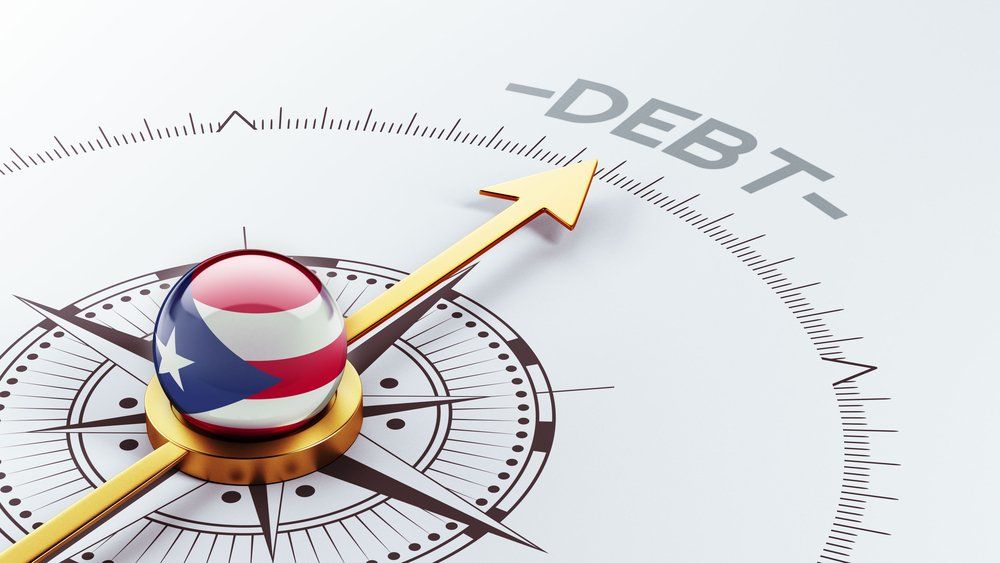Supreme Court Sides with Debt Collectors in Bankruptcy Case
On May 15, 2017 the U.S. Supreme Court ruled in the case of Midland Funding, LLC v. Johnson, 581 U.S.____(2017), that debt collectors and purchasers are not in violation of federal law when pursuing debts during a Chapter 13 bankruptcy that they know to be beyond the statute of limitations.
The 5-3 decision was a victory for the $13 billion debt collection industry. In his written opinion, Justice Stephen G. Breyer said filing a proof of claim, even for time-barred debts, does not qualify as a deceptive, false, misleading, unconscionable or unfair practice under the Fair Debt Collection Practices Act (FDCPA). Chief Justice John Roberts, along with Justices Anthony Kennedy, Clarence Thomas and Samuel Alito, joined Breyer in the majority opinion.
Justice Sonia Sotomayor dissented, as did Justices Ruth Bader Ginsberg and Elena Kagan. Their dissenting opinion stated that the majority decision could create a “trap for the unwary,” and that common sense would dictate one should not be allowed to profit on another person’s “inadvertent inattention.”
A reversal of the decision by the Eleventh Circuit
The Eleventh Circuit of the U.S. Court of Appeals had previously ruled that debt collectors were in violation of the FDCPA if they filed proofs of claim on debts that were time-barred or uncollectable in any way due to time restrictions.
A proof of claim is a document filed in court stating the exact amount a debtor owes to a creditor. The FDCPA was written to prohibit collectors from using “false, deceptive or misleading representation” as a means of collecting debt.
In this recent case, the Supreme Court determined Midland Funding LLC’s claim was not deceptive or misleading, and that its proof of claim falls under the bankruptcy code’s definition of the term “claim” as being a “right to payment.” In analyzing the case, the court looked at state law in Alabama, where creditors have a right to payment of debts even after the expiration of the limitations period. According to the court, an “unenforceable claim” is still “a right to payment” and considered a “claim” as the code uses these terms. It is then up to the Chapter 13 trustee to object to the claim by raising the affirmative defense of the claim being time-barred.
Additionally, the qualification of a statement as being “misleading” must be made by taking the legal sophistication and knowledge of the intended audience into account. In this case, the audience was the Chapter 13 bankruptcy trustee, who is required to examine all proofs of claim and pose objections when appropriate. The trustee will have a more sophisticated knowledge of bankruptcy law than most other potential audiences.
Creditors and debt collectors generally view the recent decision as one that upholds the status quo and clarifies some confusion that has long existed on the issue. Pat Morris, CEO of ACA International, an agency representing grantors and collection agencies, said that a decision like this was needed for the industry after the Eleventh Circuit “called that longstanding and consistent interpretation into question.”
For more information on how the Supreme Court’s decision in this case could affect bankruptcy cases in the future, consult a skilled Denver bankruptcy attorney at Long & Long, P.C.
The post Supreme Court Sides with Debt Collectors in Bankruptcy Case appeared first on Long & Long P.C..





